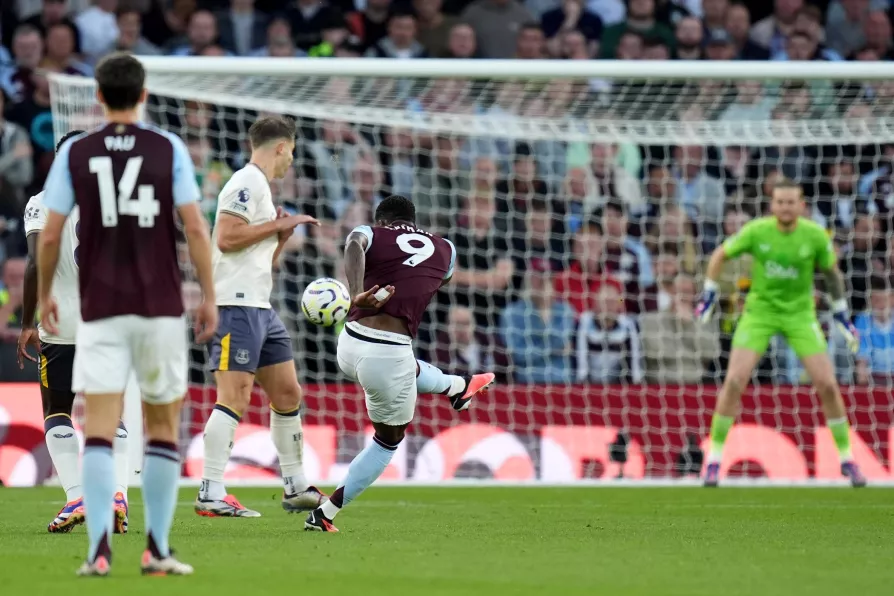Football's long shot: hope and expectation when shooting from distance
JAMES NALTON writes how, so far, the percentage of goals scored from outside the box this season is at its highest level since 2013/14

 Aston Villa's Jhon Duran (right) scores his sides third goal of the game during the Premier League match Villa Park, Birmingham, September 14, 2024
Aston Villa's Jhon Duran (right) scores his sides third goal of the game during the Premier League match Villa Park, Birmingham, September 14, 2024
THE new Premier League season has already seen a flurry of wonder goals scored from outside the box.
From Jhon Duran to Eberechi Eze, Liam Delap to Marcus Rashford, players have seemed more inclined to take a chance from a distance.
Similar stories

JAMES NALTON says the Toffees struck gold with the Senegalese left-winger













